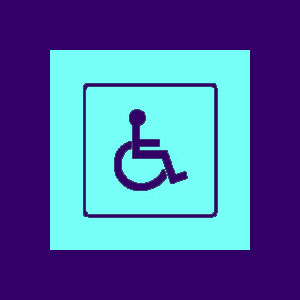
Tetraplegia is also commonly known as quadriplegia. This condition can be the result of a serious spinal cord injury due to trauma, disease or a congenital or developmental defect in the spinal anatomy. Patients affected with this paralysis condition suffer from reduced or lost functionality and feeling in all four limbs, as well as other potentially serious systemic effects.
It is crucial to remember that just because a person is quadriplegic does not inherently mean that they have no physical functionality. In fact, far more incomplete spinal cord injuries exist than complete cord traumas. These incomplete injuries cause partial quadriplegia conditions, wherein the affected person will maintain some ability to move or feel their anatomy below the affected site of injury.
This dialog explores life as a tetraplegic. We will discuss both incomplete and complete quadriplegic conditions.
Tetraplegia Causes
The most common cause of quadriplegia is spinal cord damage due to trauma. Car accidents, falls, sports injuries and gun shots are all to blame for permanently ending normal spinal function in many patients every year.
Certain disease processes can also attack the spinal structures, causing complete or partial paralysis in the entire body.
Congenital conditions might prevent the normal development of the spine, leading to a tetraplegic condition.
Unfortunately, most instances of spinal cord injury can not be reversed and most conditions are considered permanent. Treatment options for spinal cord injury remain few and far between, with most being quite ineffective.
Tetraplegic Description
Quadriplegia exists due to cervical spinal cord damage. Any significant injury to the cord above the C7 level might create some form of quadriplegic condition. The higher the level of spinal injury, the worse the symptomology will be. Damage above C5 will certainly cause internal issues with bodily function, as well as the usual total or partial paralysis of all four appendages. Injuries higher than C3 are more serious yet and can become life threatening.
The highest cervical spinal level injuries will leave the patient completely dysfunctional and unable to do much of anything for themselves. This includes the basic functions of breathing and autonomic functionality.
Tetraplegia Guidance
Although quadriplegia is perhaps the most severe of all spinal conditions, technological advancements have made the experience more bearable for affected patients. Great advances in personal mobility, communication and portable life support have opened many doors for quadriplegics, which were sealed shut for many years. Even the least functional individuals now have the chance to live a far fuller lifestyle and find the personal freedom which is the right of every living person on this Earth.
Quadriplegia requires constant monitoring by a qualified healthcare provider. Tetraplegics demonstrate very specific needs for preventative care and must be vigilant of any potentially catastrophic conditions which might affect their health at any time.
The nature of being a quadriplegic is one of enduring a compromised immune system and a weakened ability to fight off disease and infection. These are some of the biggest hurdles for many affected patients to endure. However, with a watchful eye and an informed mind, most patients can maintain good health for many years.




